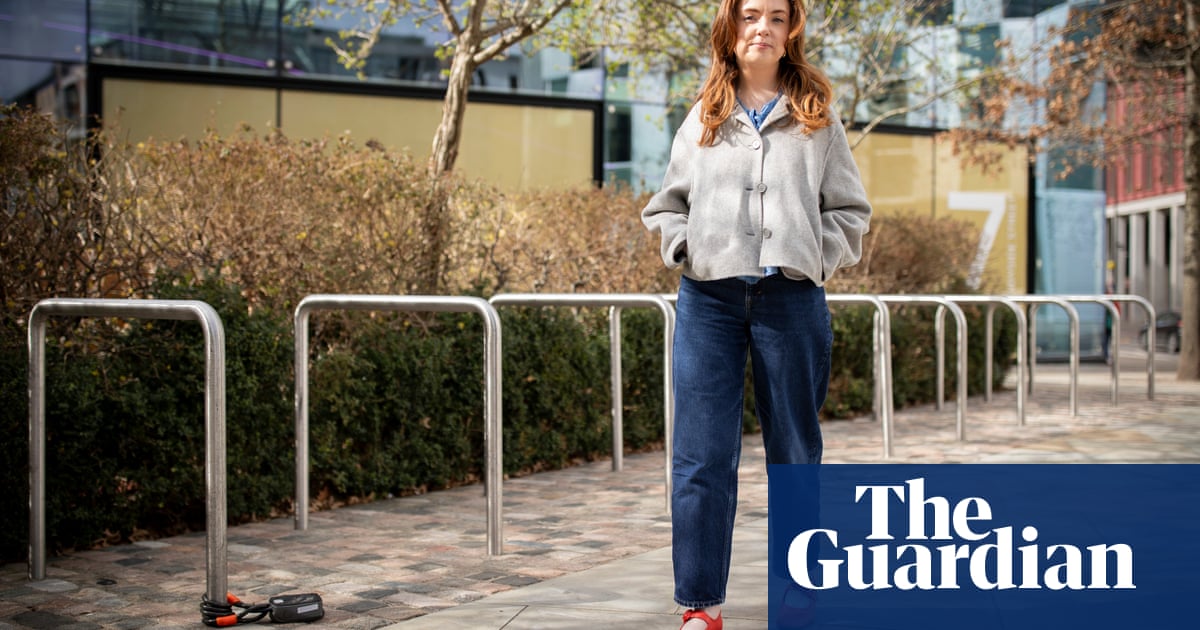Warrior underlines the burden of unconscious angina in women

In women who have symptoms of ischemia but non -obstructive coronary artery disease (OCAD), intense medical treatment did not reduce the first formation of a major cardiovascular event in warrior attempt, but the trial was strengthened.
“This should not be considered as an neutral essay and a negative work, Eilen said Eileen Handberg, a professor of medicine at the University of Florida in Orlando. “We had enough harmony and strength to test the primary hypothesis.”
“These results should not be interpreted as the discontinuation of statins or antihypertensive drugs among women. Cardiovascular Risk Factors“The American Cardiology scientific session in Chicago announced the results in 2025 during its presentation.
Warrior attempt is important because it is the first major, randomized study in a population of women who experience symptoms and symptoms, but known as non -OCAD ischemia in coronary arteries, which are known as OCAD in the coronary arteries.
This is a great population. In the United States, an estimated 4-5 million women receive medical advice after reporting the symptoms of cardiac ischemia, such as chest pain, shortness of breath and coronary IT angiogram or invasive coronary angiography. It was found that about half of these women did not have OCAD.
Hospitalization for angina
“Our results show the burden of a high patient and a doctor associated with this situation. angina, chest pain Hospitalization. These women use many health sources. They have hypertension And high cholesterol, which needs to be treated aggressively, Hand Handberg said.
“We should pay attention to these women. We should be slightly different from the bias of pain and we should not refuse their symptoms and say that they do not need to follow up. They need to follow.” “These women have comorbidities and they should be receiving reasonable risk reduction strategies. Women in this study were initially treated relatively well, which is a good sign that we are moving in this direction, but there is a need to improve too much.”
The warrior case evaluated 2476 women (average age, 60 years) in 71 medical centers in the United States. There were about half of the trial population obesity and most of them had other cardiovascular risk factors such as hypertension, high low-density-lipoprotein cholesterol (LDL-C) or family coronary disease story.
Patients were randomly appointed to receive intense medical treatment consisting of a high -density status, ACE inhibitor or maximum tolerated dose of angiotensin receptor blocker and low dose aspirin. The other half took the ordinary care, ie the prescriptions and other treatments were left to the discretion of the doctor who treated.
After 5 years of follow -up, there was no significant difference between the two groups at the primary end point, which was a combination of the first formation of death. Myocardial infarction– paralysis or temporary ischemic attackor hospitalization heart failure or angina.
Approximately 16% of patients in both groups experienced an event at the composite end in 5 years. There was no significant difference between intensive medical treatment and ordinary care for any of the analyzed secondary end points or subgroups.
COVİD PANDEM Affected Recruitment
The trial was insufficient because the team had difficulty in receiving patients during Covid-19 pandemia.
“The hearing had to close for 6 months when the country was closed, and the staff and patients had greatly affected our ability to keep the sites active because they could not come to health facilities. And when the trials stopped, they lose inertia and then rebuild the enthusiasm.” This caused the hearing to fall very little from the 4422 participants’ target.
Initially, he had a lower level of angina, which reduced the capacity to improve angina symptoms and relevant quality of life. And patients in the control group were initially treated relatively well, 70% were taken statins, about half of them received an ACE inhibitor or angiotensin receptor blocker, and 40% received a beta blocker.
In addition, the open -tagged design has probably resulted in “contamination” higher than unexpectedly when patients are not treated in accordance with the assigned strategy.
It was expected to some extent. It is assumed that patients assigned to the usual care will take some intense medications and will not take some of the assigned medications of patients assigned to intensive medical treatment. However, this occurred more often than expected.
“Initially, 16% of the usual care patients were taking intense drugs and 52% of the dense group were not dependent on the strategy.” Plus, “Both branches of commitment fell even more in time.”
However, in a sensitivity analysis that took into account, the estimated hazard rate for the primary last point was 0.74 for intense drugs in those who are appointed for assigned treatments, which was a decrease of 25% in cardiovascular events and this “potentially supports an effect for intensive treatment”.
The decrease in LDL-C was modest but significantly lower in patients assigned to intense medical treatment.
IMPORTANT MESSAGES
“If a trial does not meet the end point, it doesn’t matter and we can’t learn from it, but we can’t learn more, but we can’t be more wrong,” Durham said, Pamela Douglas, Professor of Cardiovascular Diseases Research in North Carolina. He said. “We heard how important this population is, how common this disease is, how little we know, and how high the burden is.”
During the trial, 17% of patients required hospitalization. “A incredibly informative figure under this sixth,” he said.
Douglas said the work design was “ambitious.” “This pragmatic design – what needs to be in the future – should not be confused with a pure activity attempt where things are strictly controlled, and the intervention is delivered to the participants and researchers at a great cost to examine and surrendered.”
Handberg continues several auxiliary studies to evaluate the coronary anatomy of the participants more closely and states that blood samples will be analyzed to investigate disease mechanisms and possible new therapeutic goals.
“These ongoing subsidies will continue to contribute to improving our understanding of this growing patient population and symptom burden.”
Kim Eagle from Michigan University Public Health School in Ann Arbor was a success of warrior work, and was the biggest trial so far in the group of women that were not well understood.
“The physiology of this situation continues to hide us. Is vascular reactivity? lipids? Spasm? Inflammation? Some of these nuances will probably come from the assistants of this hearing, “he added.
The warrior case was financed by the US Department of Defense. Handberg, Douglas and Eagle did not report the relevant financial explanations.




